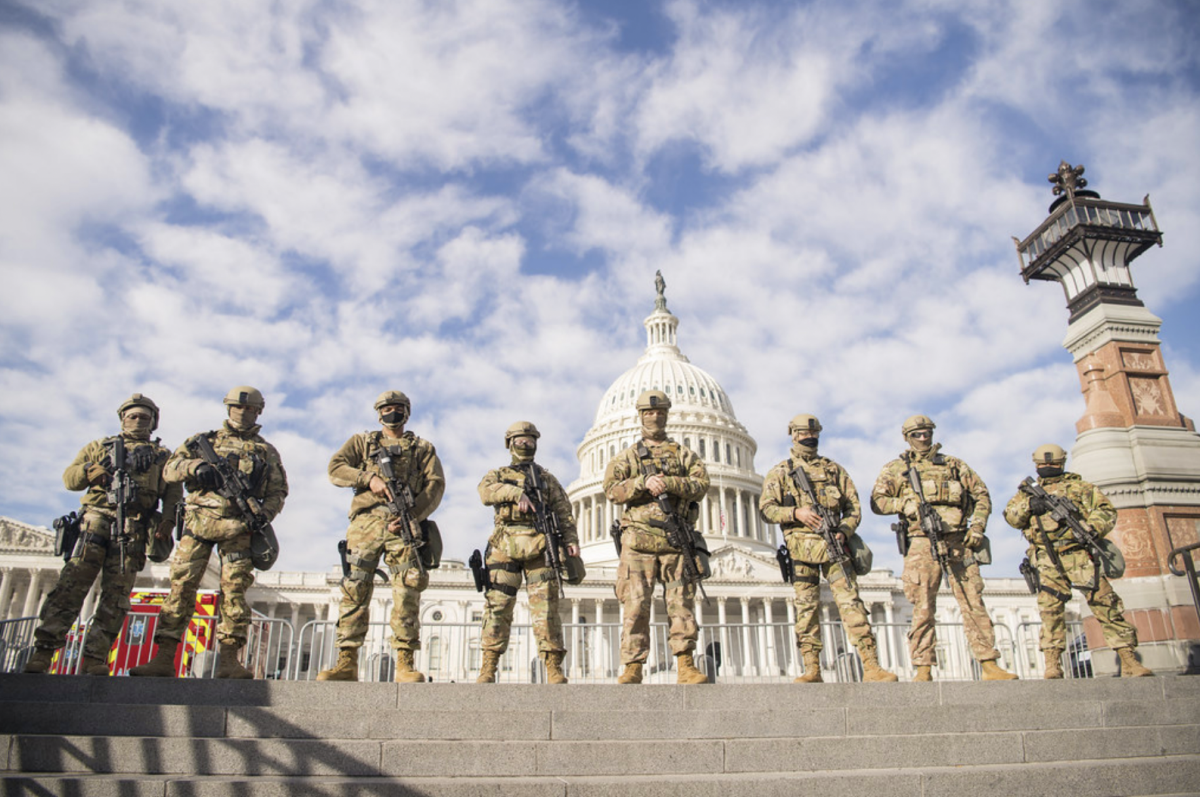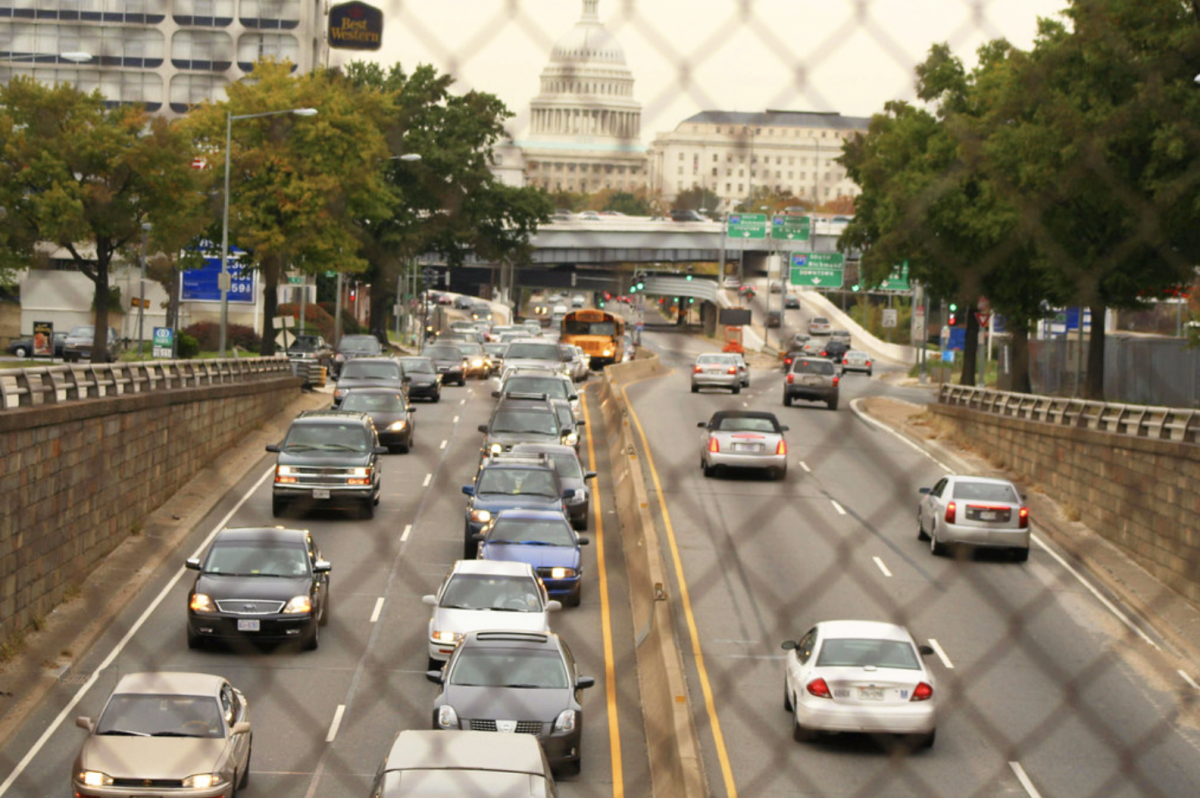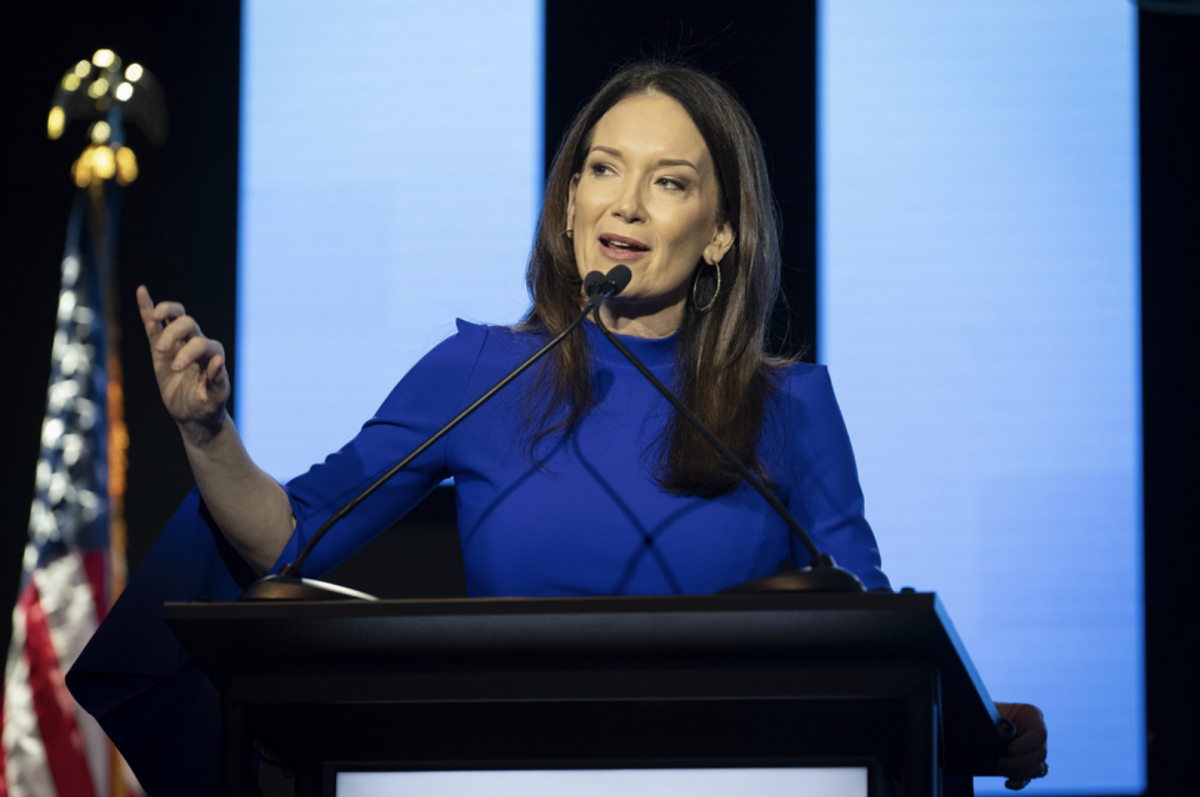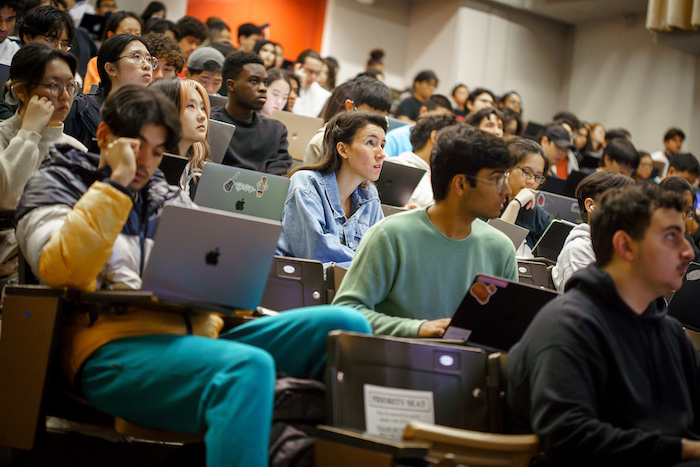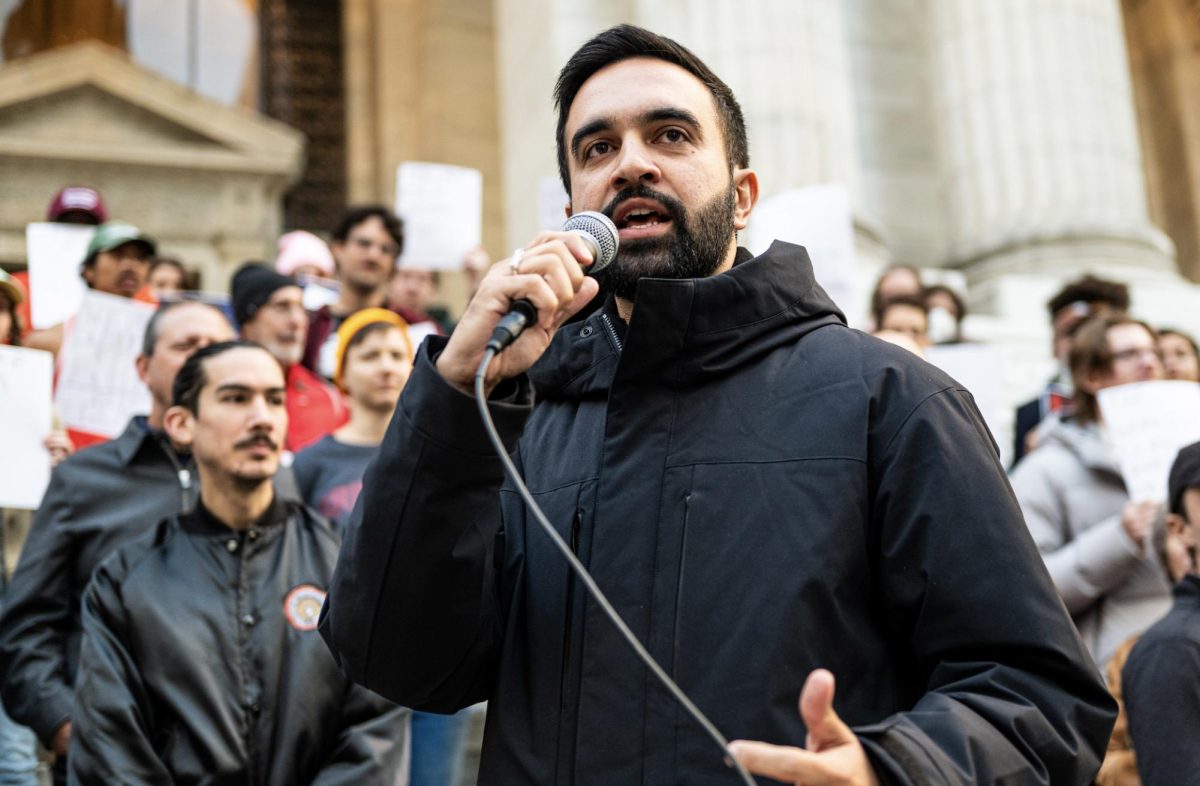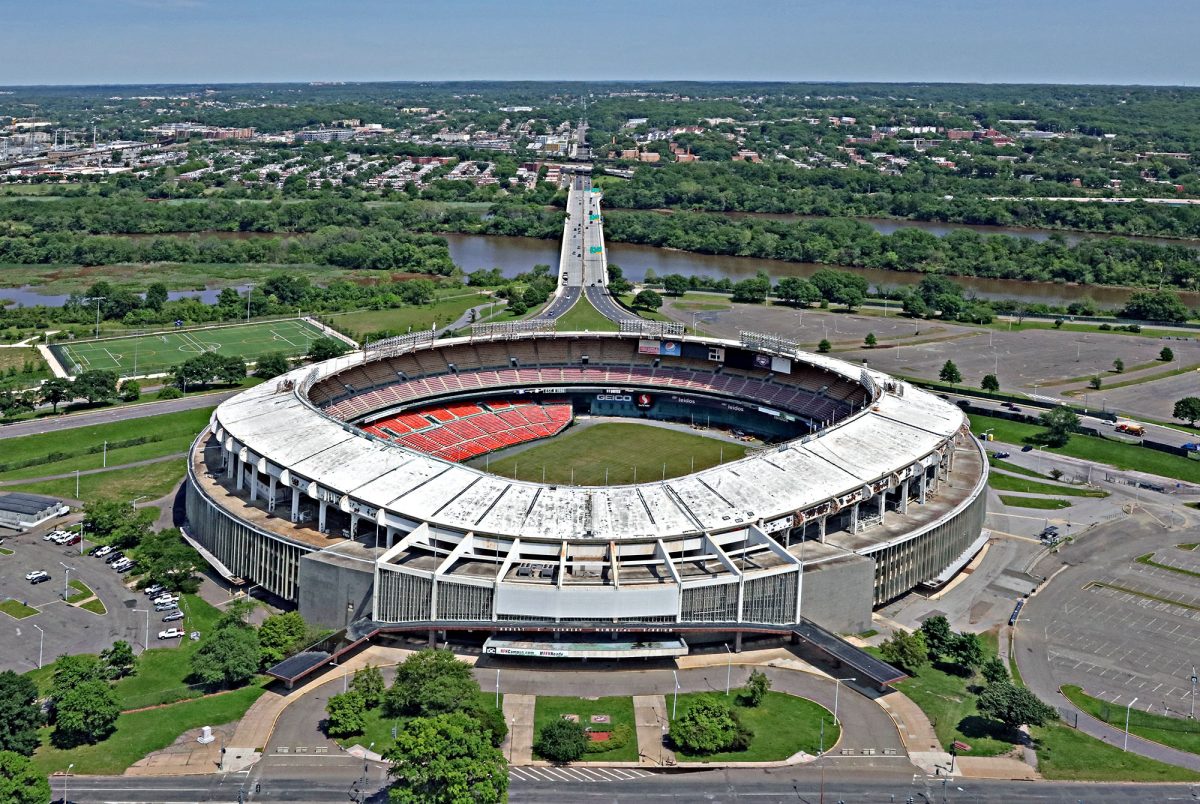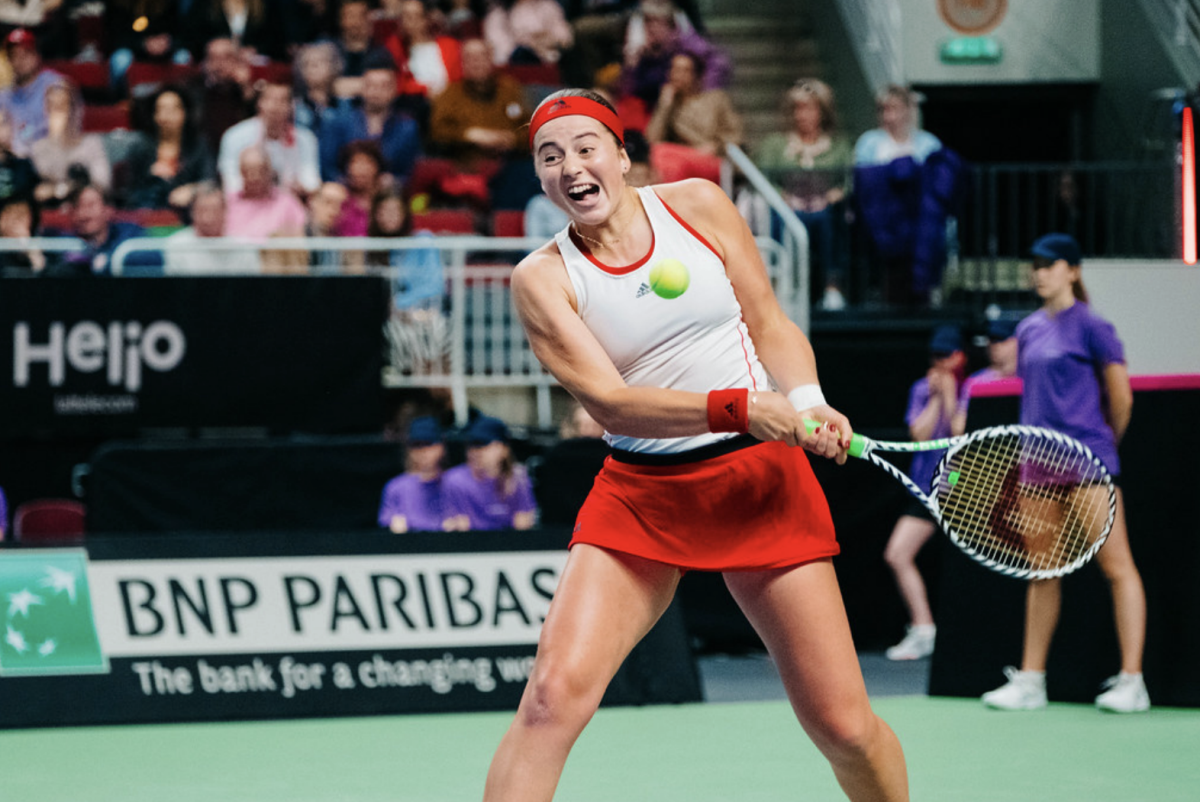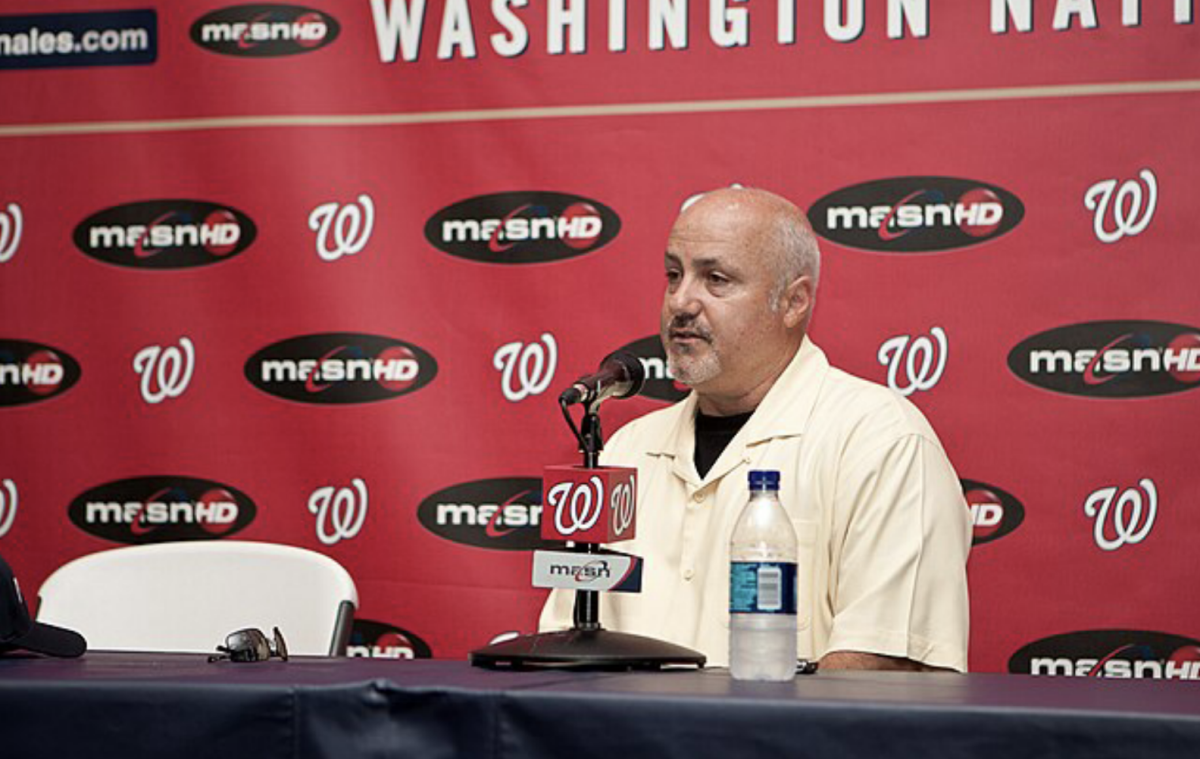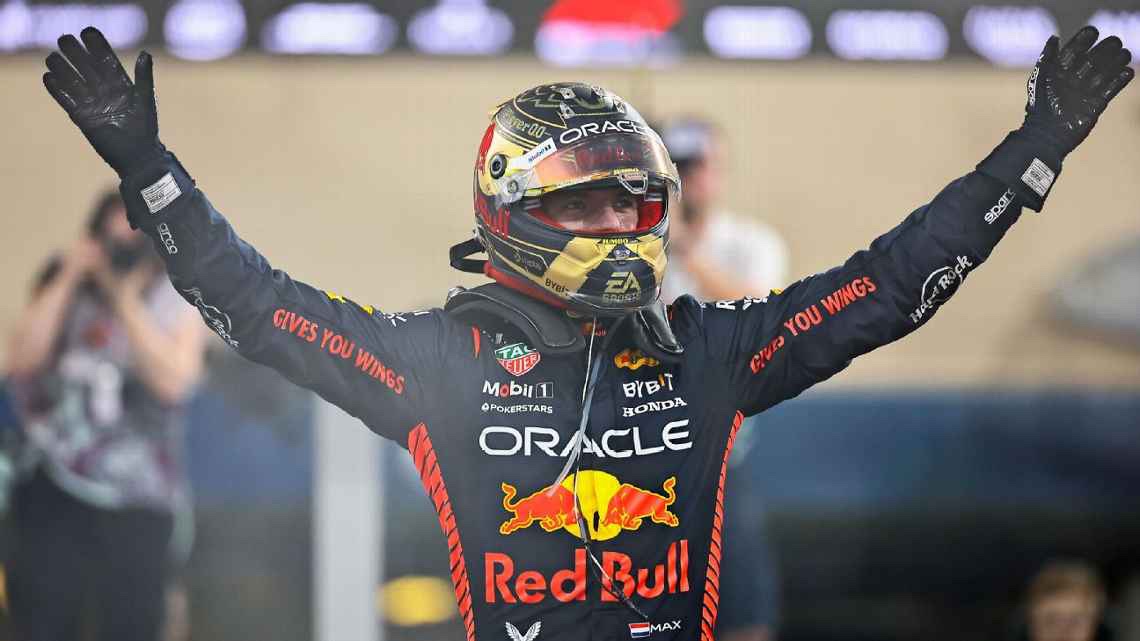Formula One (F1), a motor racing competition followed by millions of people internationally, will begin its new season on March 2 at the Bahrain Grand Prix. Additionally, it has been announced that F1 will feature a new high of 24 Grand Prix races and 6 Sprints this season.
The dates of the car launches, a highly popular event, have also all been released. Car launches will begin with Haas on February 2nd and run all the way through Feb. 15, when Red Bull will unveil their cars.
Soon after, F1 will begin its three days of testing running from Feb. 21 to Feb. 24. The Fédération Internationale de l’Automobile (FIA), the organizing body of F1, worked hard to make the championship more sustainable this year by also hosting the testing of the cars in Bahrain so there will be no need to transfer automobiles between the testing days and the first race.
“The pinnacle of motorsport,” according to their website, F1 has been the highest class of global racing for open-wheel single-seater racing cars since its inception in 1950. F1 consists of 10 teams, or constructors, ranging from large car manufacturers, such as Ferrari or McLaren, to private companies, such as Red Bull. Each team consists of two drivers, a reserve driver, race engineers, mechanics, design and technology officers, and a team principal. There are two main types of races, Grand Prix races and Sprints.
F1 Sprint is a new format introduced in 2021 where drivers compete in a shorter race, typically around one-third the length of a regular Grand Prix, to determine the starting grid for the main race. According to Red Bull Racing, F1 Sprint aims to add excitement and unpredictability to the race weekend by providing fans with an additional competitive event that can produce more volatile results. Points are awarded to the top finishers in the Sprint, which also impacts the starting positions for the main race.
The 2024 season will offer fans many long awaited and exciting changes. One significant change is China’s return to the races. Prior to this upcoming season, the nation had not participated in F1 for four years due to strict COVID-19 lockdown policies. China’s reentry into the races has induced a lot of interest from Chinese viewers. China will be hosting the first out of six Sprints weekends in 2024, and the event will then be hosted by Miami, Austria, Austin, Texas, Brazil and Qatar.
This season will also be particularly special because many F1 drivers are in their final year of their contracts. Some of these drivers include Charles Leclerc and Carlos Sainz, both racing for Ferrari, and Sergio Perez, racing for Red Bull.
The competition for a spot on the Red Bull team is particularly intense. Christian Horner, Redbull’s Team Principal, speaking with Sky Sports, said that Perez needed to significantly improve in order to keep his position for the next season. Potential replacements for Perez include competitor Daniel Ricciardo, who says he is eager to go back to racing for Red Bull and that it has been his dream. Another possible contender for this position is Japanese driver Yuki Tsunoda. Within the Ferrari team, Leclerc and Sainz have started discussions about contract extensions assuming success this season.
On Feb. 5, Red Bull announced an internal investigation into a complaint against Horner for inappropriate workplace behavior. Horner has denied these allegations, but a hearing took place on Friday, Feb. 9. Horner has yet to be suspended or removed from his role, but rumors have claimed that he has been asked to step down. His removal from the team could have larger consequences, as it is rumored that Adrian Newey, the chief technology officer of the Red Bull Racing, would also leave the team due to a mutual protection clause in their contracts.
Within the Ferrari team, there will be major changes following the 2024 season. On Feb. 1, Mercedes’ lead driver Lewis Hamilton announced that he will be joining Ferrari in 2025. Hamilton will race along with Leclerc, replacing Sainz, who has several options for his future team but has yet to announce his decision.
Among other notable changes to the upcoming season, viewers can expect racing to become even more intense and the differences in lap times to decrease. This is mainly because of F1’s cap cost regulations and a change in aero testing rules. Each year, rules regarding the number of wind tunnel testing runs and computational fluid dynamics (CFD) hours they can use to create their cars have become increasingly stricter. The regulations were put in place in order to reduce costs, make the competition more environmentally sustainable and level the playing field so that racing will be more unpredictable and interesting to watch. F1 has pledged to go carbon neutral by 2030.
Another part of the 2024 season that intrigues fans is the creation of Red Bulls’ new car. Since Red Bull secured victory in twenty one out of the twenty two Grands Prix in the 2023 season, the team has quickly risen into the F1 spotlight. Horner stated that he expected this new car, which is an evolution of the RB19, to be quicker per simulation data. Anticipation around how new innovations like these will impact the competition continues to build among viewers, as Mercedes and Ferrari have also announced using new approaches in the development of their cars this year.





